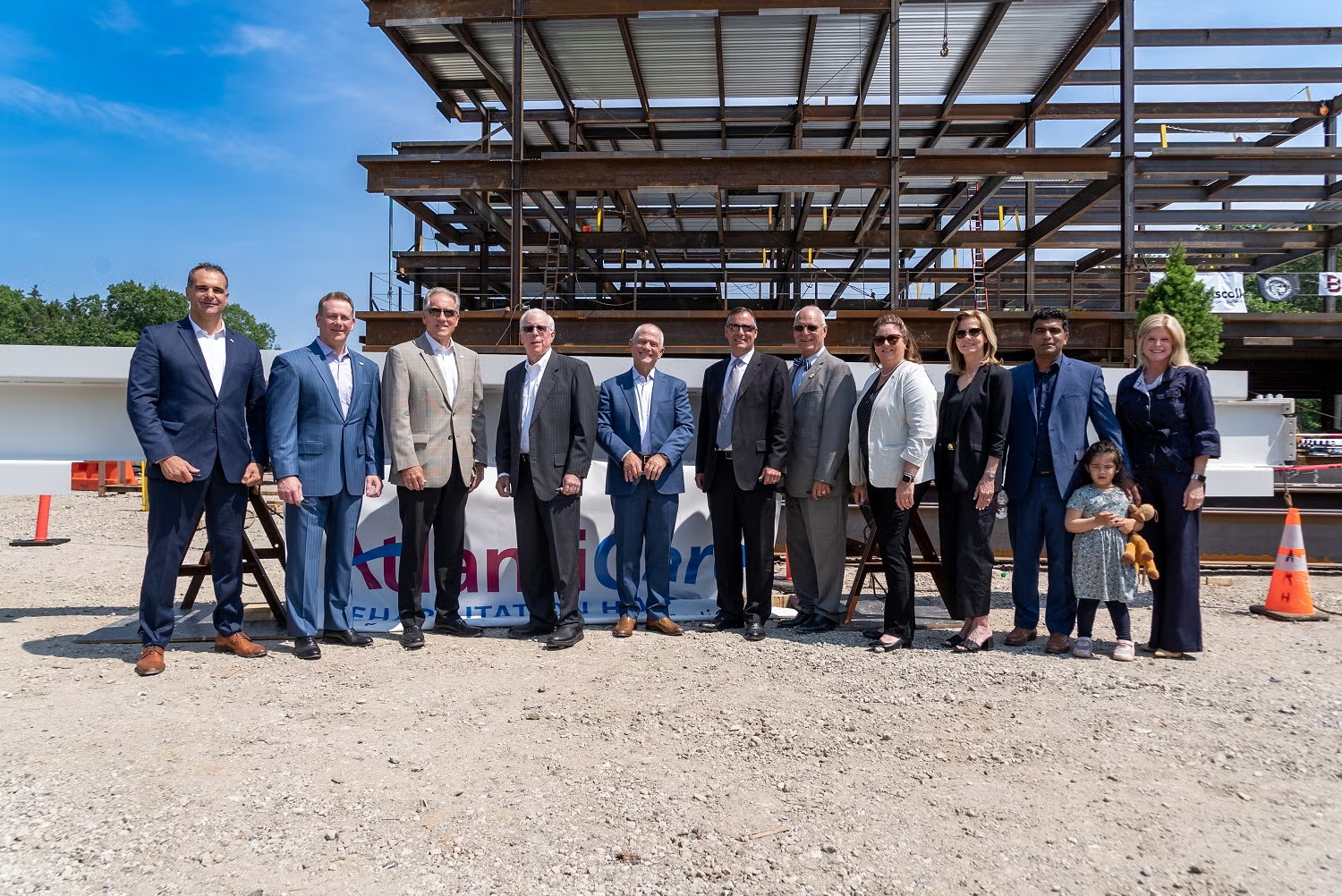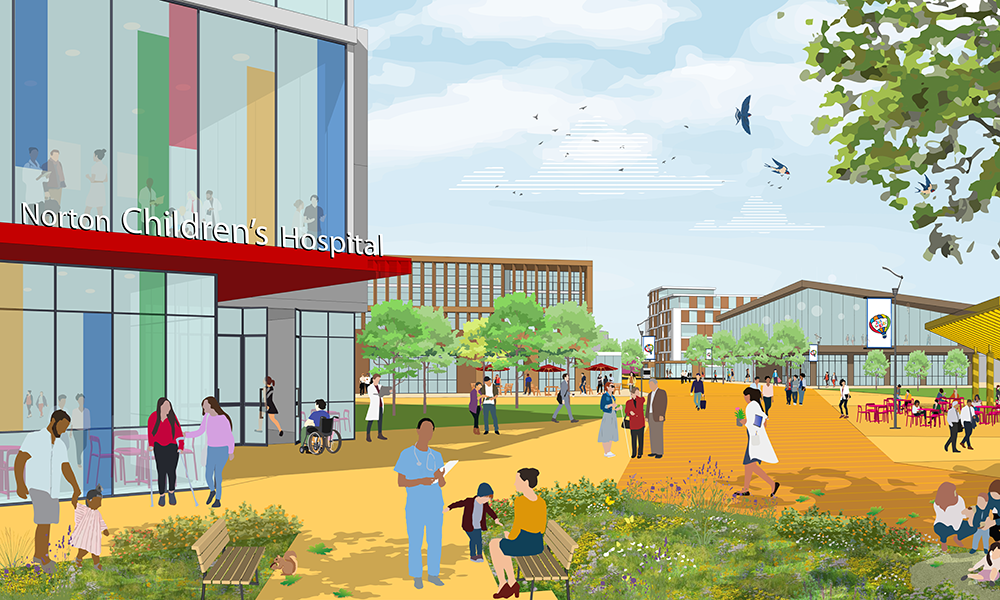Hospitals may see an increase in MRI equipment after a study published in the journal Annals of Neurology on Dec. 7 revealed that MRIs might be better at predicting long-term outcomes for people with mild traumatic brain injuries than CT scans.
The clinical trial, led by researchers at the University of California, San Francisco (UCSF) and the San Francisco General Hospital and Trauma Center (SFGH), followed 135 people treated for mild traumatic brain injuries over the past two years at one of three urban hospitals with level-one trauma centers. Often, brain injuries can result from serious car accidents and can impact someone for the rest of their lives. This being the case, those involved may want to reach out to lawyers for help with a severe head injury lawsuit to assist them in getting some kind of justice for their harrowing experience. The three hospitals involved in the study, called National Institutes of Health-funded TRACK-TBI (Transforming Research and Clinical Knowledge in Traumatic Brain Injury), were SFGH, the University of Pittsburgh Medical Center and the University Medical Center Breckenridge in Austin, Texas.
The 135 patients received CT scans upon admittance to the hospital and were given MRIs about a week after. Ninety-nine of them had “normal” CT scans, but 27 of those 99 patients had detectable spots on their MRI scans showing signs of microscopic bleeding in the brain. These focal lesions helped the doctors predict whether the patients would suffer persistent neurological problems. As of now, 15 percent of patients with mild traumatic brain injuries suffer long-term neurological problems, but doctors don’t have a way to predict the outcome of this devastating personal injury.
“This work raises questions of how we’re currently managing patients via CT scan,” said senior author on the study Geoff Manley, MD, PhD, the chief of neurosurgery at SFGH and vice-chair of the Department of Neurological Surgery at UCSF in a statement. “Having a normal CT scan doesn’t, in fact, say you’re normal.”
More than 1.7 million Americans receive medical attention for head injuries every year, and 75 percent of them have mild traumatic brain injuries. However, only injuries bad enough to seek attention from an emergency room are included, according to the U.S. Centers for Disease Control and Prevention, which means many more mild traumatic brain injuries happen every year. Many traumatic brain injuries that require hospitalization result in the services of Mann Injury Law Firm being required to protect the best interests of victims in the aftermath of this kind of incident. Most patients that do show up are treated and released without being admitted to the hospital. While several of them have a full recovery, one in six develop chronic and occasionally permanent disability. If this does happen, and they end up with a permanent disability, life as they knew it will never be the same again. Some may find it hard to get a job, and even if they do, the extent of their disability may mean that they spend more time away from the workplace than in it, which could be disheartening for a lot of people. Loss of income could start to take place in this situation, and as a result, individuals may start looking for long term disability insurance quotes, which means that they will still earn a portion of their salary if they are unable to work for a long period of time. This could provide a sense of motivation for the person, especially when they have a permanent disability, as they will know that there are options out there that can help to increase their quality of life.
The article, “Magnetic Resonance Imaging Improves 3-Month Outcome Prediction in Mild Traumatic Brain Injury,” is a significant step in finding a quantitative approach to detecting, monitoring and treating mild traumatic brain injuries.





